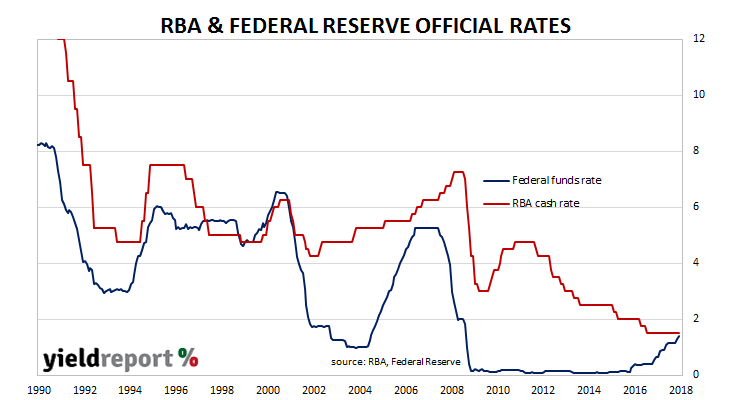The February board meeting of the RBA is historically one of the four months of the year in which the likelihood of a rate change is highest. This is not to say every February meeting results in a rate change; February, along with May, August and November happen to be the four months of the year in which previous rate changes have typically occurred.
As expected, the RBA announced Australia’s overnight cash rate would remain at 1.50%. “The low level of interest rates is continuing to support the Australian economy”, as the accompanying statement puts it. The current rate is the lowest in the RBA’s history despite Australia’s economy not being in a recession or looking as if it is heading into one.
The statement is not dramatically different to the one in December. According to the RBA Board, the global economy has experienced “a broad-based pick-up”, oil prices and other commodity prices have increased over recent months, Australian GDP growth is expected to average “a bit above 3% over the next couple of years” and various forward-looking indicators imply “solid growth” in employment numbers.
Even so, the cash futures markets still only imply a near-50% chance of a rate increase by the end of 2018. According the RBA statement, “Inflation is low” and “wage growth remains low” with each expected to rise gradually over time. Economists agree and it is this line of thinking which is driving the market’s current expectation of RBA policy through the rest of this year. On balance, the statement was interpreted as a sign the RBA was still “neutral” in regards to its interest-rate policy.


